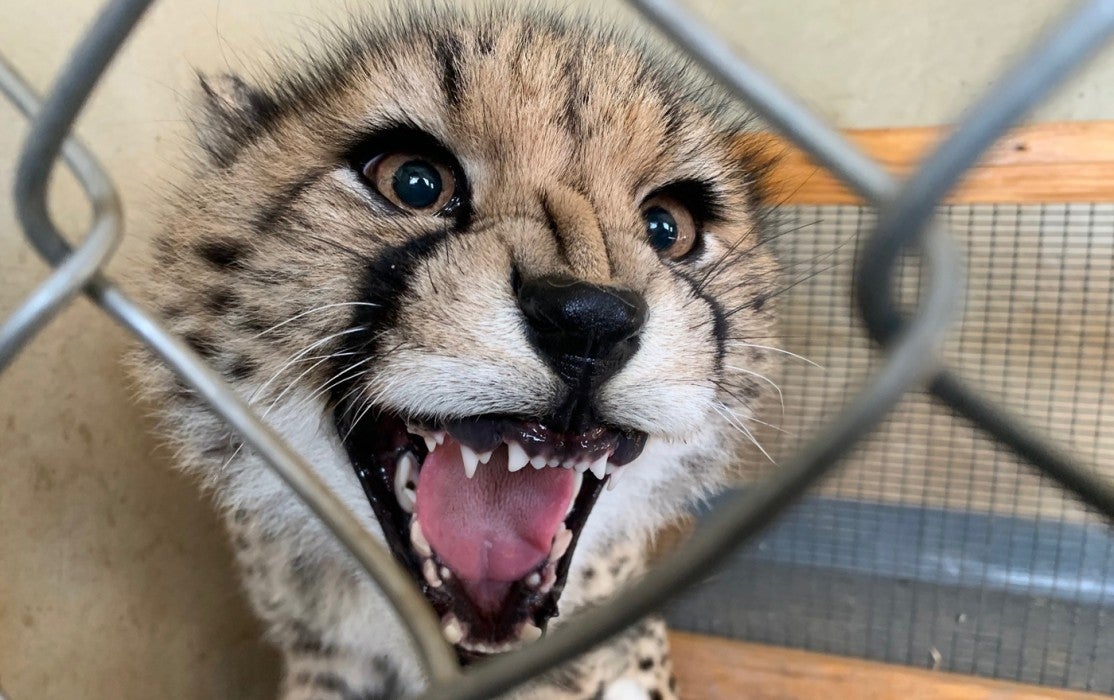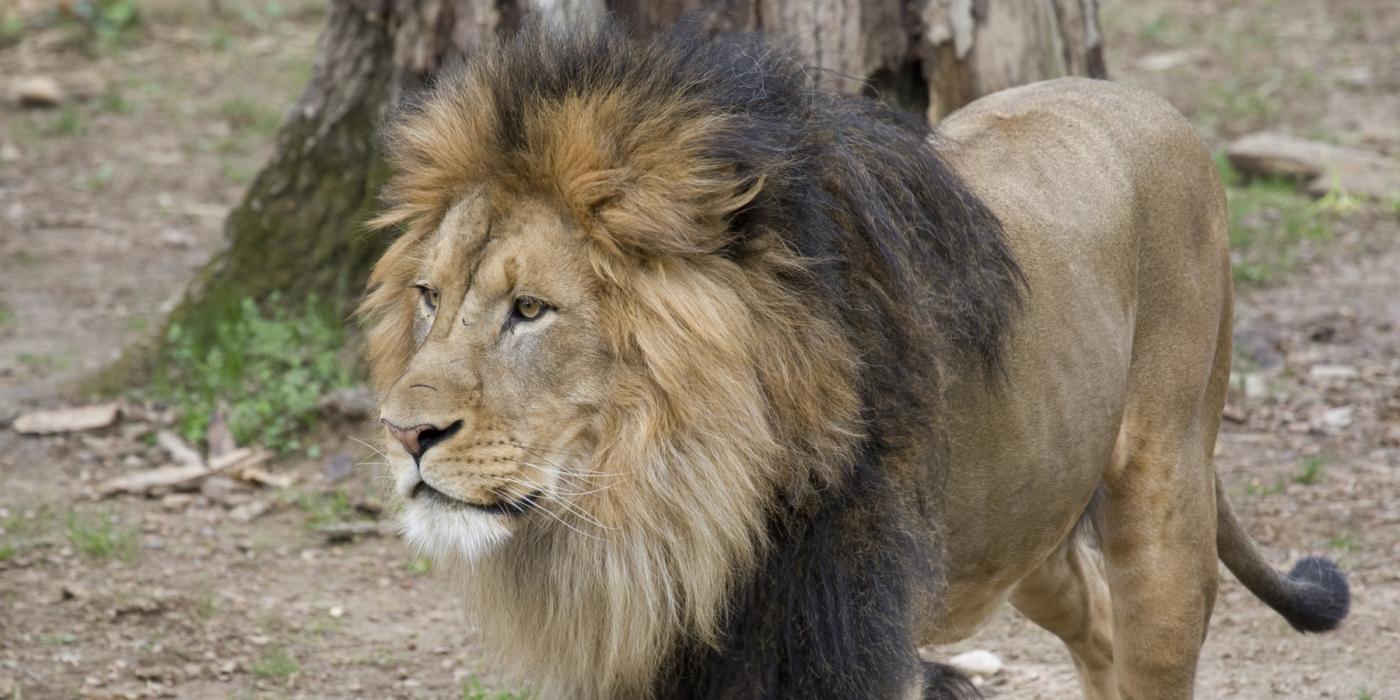New at the Zoo: Amur Tiger Nikita
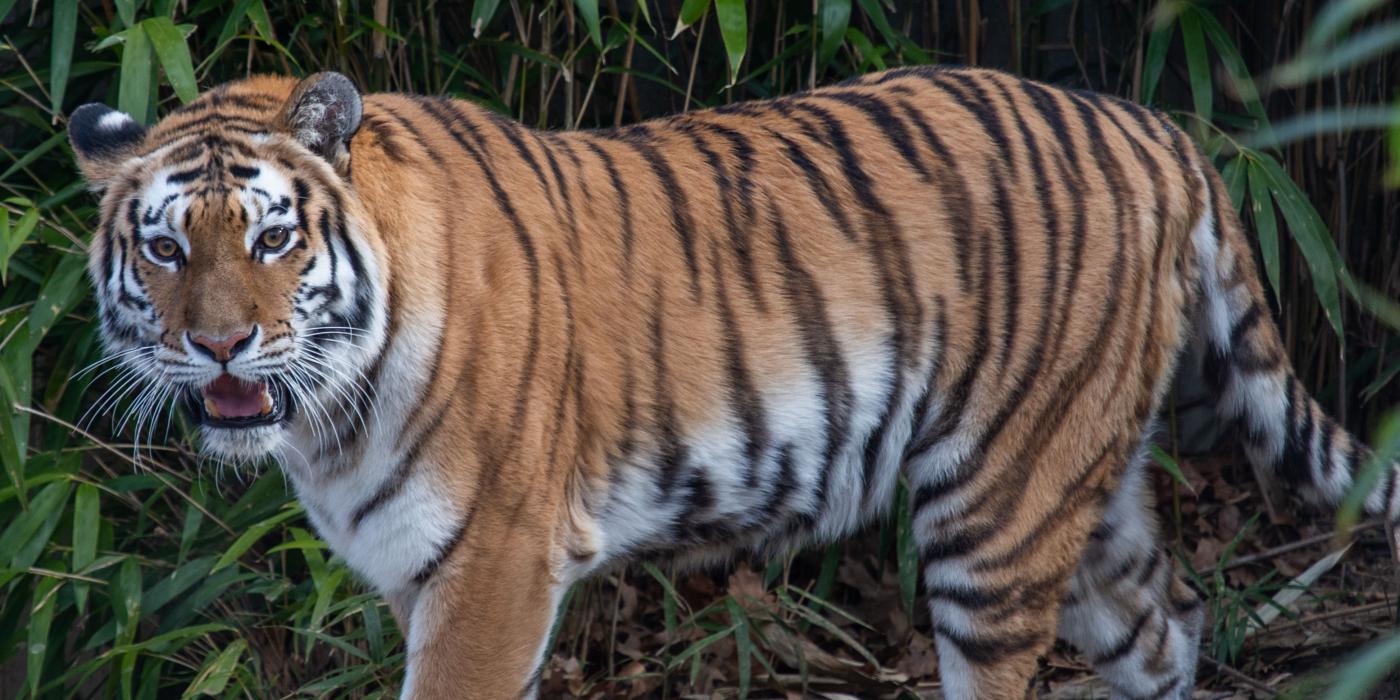
A sassy new resident made her debut at the Smithsonian’s National Zoo this week! Animal care staff recently welcomed Amur tiger Nikita to the Great Cats exhibit. Get to know her in this Q&A with animal keeper Dell Guglielmo.
Why did Nikita come to the Zoo?
Our 6-year-old Amur tiger, Nikita, came to the Smithsonian’s National Zoo from the Bronx Zoo in New York as part of a breeding recommendation from the Association of Zoos and Aquariums’ Species Survival Plan (SSP). Pavel, our 11-year-old male, arrived here in October 2017 from the Lincoln Park Zoo in Illinois. Although Pavel has many relatives in the North American population, Nikita does not and is, therefore, very genetically valuable. Neither of them have had offspring before, so we are excited and cautiously optimistic at the possibility of breeding this species here!
How much do Nikita and Pavel weigh?
She weighs 297 pounds (135 kilos), and Pavel weighs 341 pounds (155 kilos).
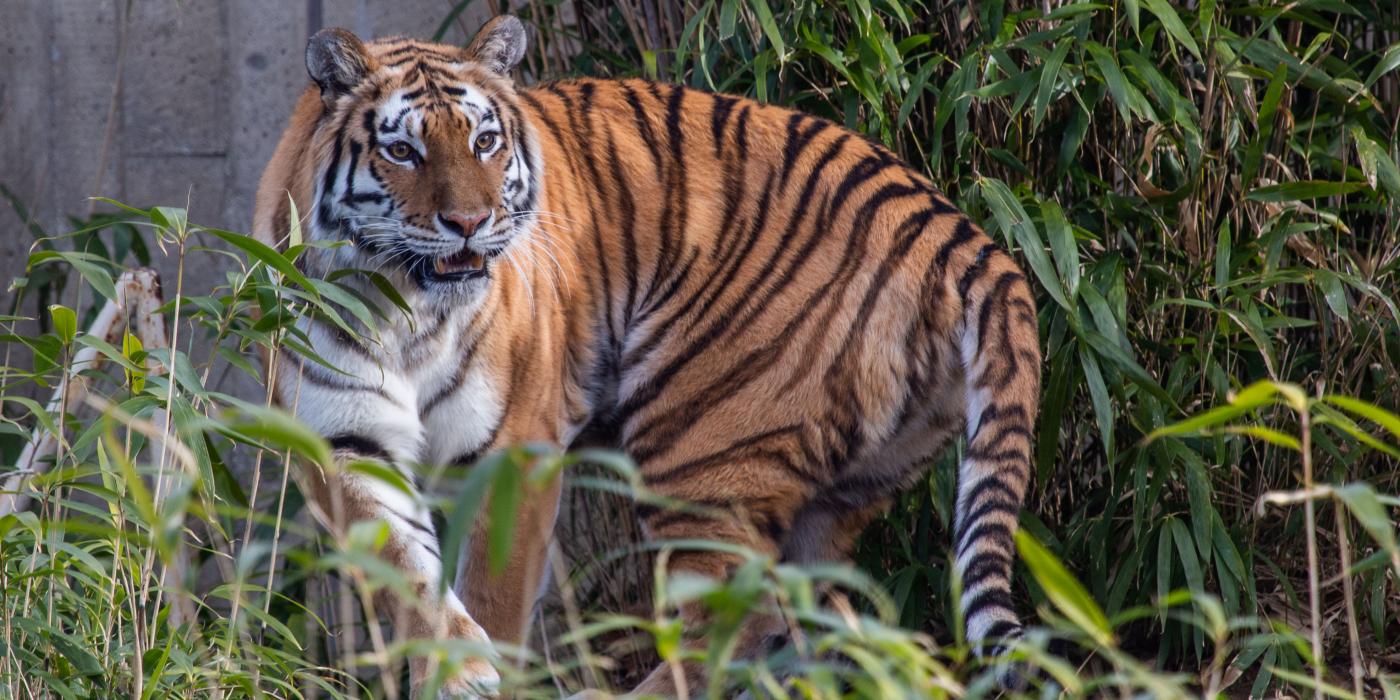
Have Pavel and Nikita met?
Although Pavel and Nikita do not share an enclosure, they have done their own introductions from afar. They can smell and hear each other, and they can see one another through the glass windows. For example, if Pavel is in the outdoor yard, she will rear up and look out the window and make a friendly “chuff” vocalization at him. It is really sweet. When he hears her greeting, he will swim up against the window in the moat that is adjacent to her indoor enclosure, looking for her.
When will you begin face-to-face introductions?
Their behavior will indicate to us when they are ready to meet face-to-face. For now, there is a mesh “howdy door” safety barrier between their two enclosures where they can see, smell and communicate with one another.
We are looking for behavioral cues to determine if they are comfortable enough to share a space. If so, we expect that both cats will calmly approach the howdy door, make friendly “chuff” vocalizations at one another and rub their heads together through the mesh. We may even see Nikita roll over onto her back. In general, when things go positively, their overall demeanor is calm and their movements are not aggressive. If they are uncomfortable, they may sit toward the back of the enclosure and appear hyper-sensitive to noises. When they are alert and on guard, that is a sign they are not very comfortable.
If all goes well and they show interest in one-another, we will wait until she goes into estrus to introduce them in the same space. Adult female tigers go into estrus once a month, and that is when they are receptive to sharing a space and breeding.
In zoos, tigers tend to breed most frequently in the winter months. If they do breed and she conceives, her gestation will be about 103 days, or just over 3 months.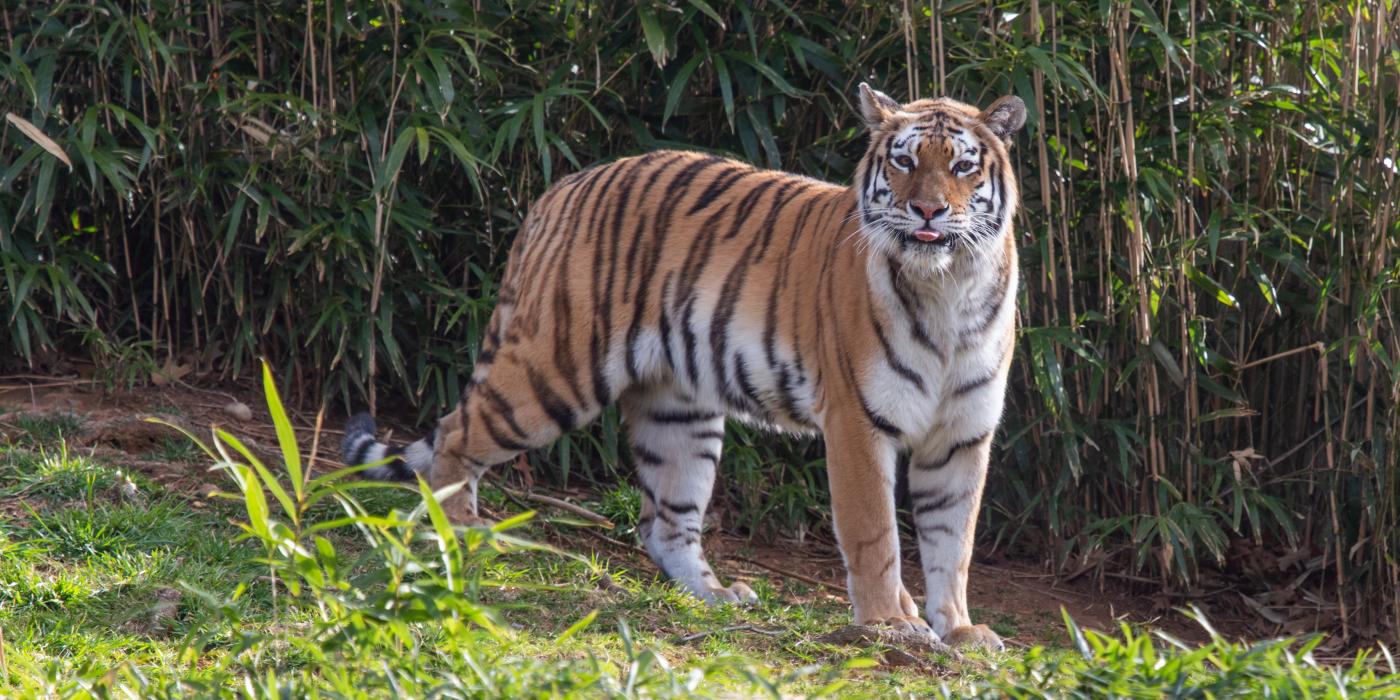
Have you started training sessions with Nikita?
Nikita has started training sessions with me, though she is still a bit nervous and guarded. Part of her training is just getting used to our animal care team and desensitizing her to the new environment. All of the husbandry training that we do with our cats is completely voluntary. It is always up to the animal whether they choose to participate or not. If they do, they receive positive reinforcement in the form of a treat—typically a meatball or beef chunk.
The first training we did was with the target buoy; she has to touch her nose to the buoy in order to receive a reward. This lets me get a good look at her body and make sure she has no injuries that our veterinarians need to address.
When she is in estrus, she is super-friendly and the sweetest cat. But she is so interested in playing that she doesn’t want to train. Instead, she will take the beef chunk from me, toss it up in the air and roll around on her back.
Do Nikita and Pavel have favorite enrichment items?
Nikita likes smelly stuff—especially perfumes and spices!
She has three indoor enclosures, one of which has a hammock bed made of firehose. Whenever we spray the hammock with perfume, she will rub her whole body against it to get as much of the scent onto her fur as possible.
In the next enclosure, there is a large log that also serves as enrichment, which we spray with perfume or sprinkle with spices—her favorites being fennel, paprika and sage. On any given day, she will also receive large, heavy-duty boomer balls to stalk, pounce upon or roll around. But, by far, anything scented with perfume is her favorite.
Pavel’s favorite enrichment items are cardboard boxes and bags stuffed with hay shavings—anything he can destroy! The moat is one of Pavel’s preferred places to rest and play, so it stands to reason that toys that float are among his favorites. One such toy is a boomer ball that is tethered to the bench in the moat. He seems to really enjoy wrestling with that and literally making a splash! Another of his favorites is a giant corrugated tube, which he drags into and out of the water. It is a testament to how strong he is. Soaking wet, the tube weighs around 70 pounds!
When Pavel first when out on exhibit, it was 5 degrees below zero and he got into the water in the moat—twice! He stayed outside for two hours, and we watched him explore the whole time.
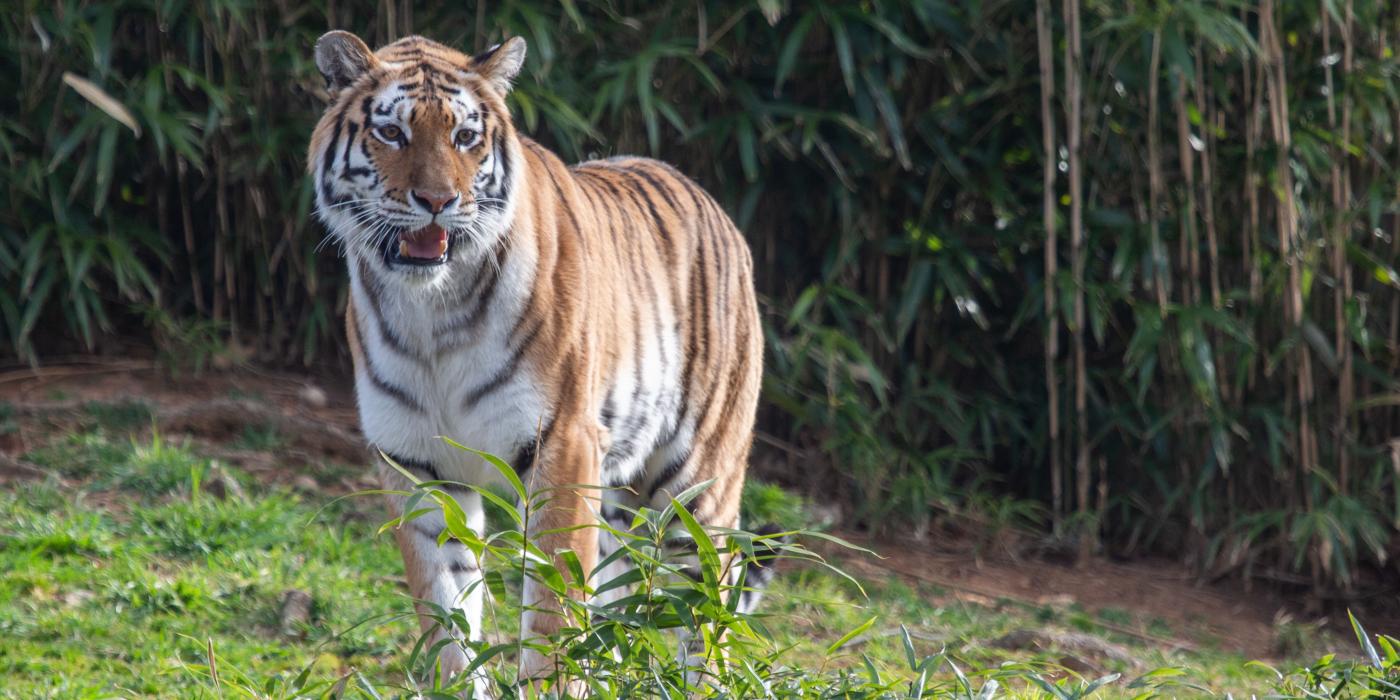
What do you enjoy most about working with tigers?
It is incredibly rewarding to know that I am helping to contribute to the survival of these species through the work I do every day. I feel very fortunate to have the opportunity to make a difference, whether that is through providing daily care, helping to plan and manage our breeding program or by sharing their stories with the millions of visitors who come to the Zoo every year. Hopefully, making a connection with our cats will inspire visitors to take action to protect them and help ensure tigers will be around well into the future.
What is the best time to see her on exhibit?
All three of our tigers—Pavel, Nikita and Damai—will be rotating throughout the yards at the Great Cats exhibit. Nikita may be out in the early-to-mid morning or later in the afternoon, depending on the day. As she acclimates to her new surroundings, we hope to have a more set schedule to share. We love introducing our cats to visitors, and the best way to learn more about them is through our daily keeper talks, which take place daily at 9 a.m. and 1:30 p.m. I hope to see you there!
This article was featured in the March 2019 issue of National Zoo News.
Related Species:

